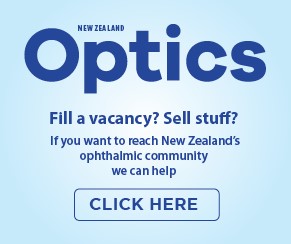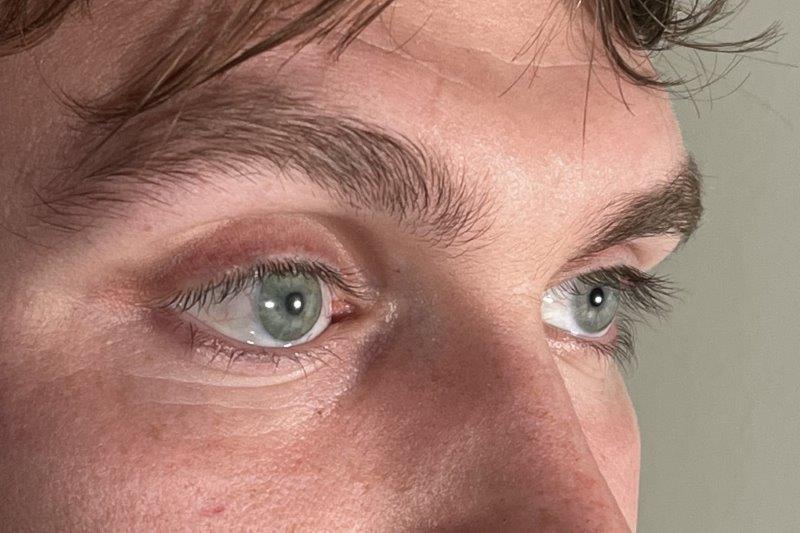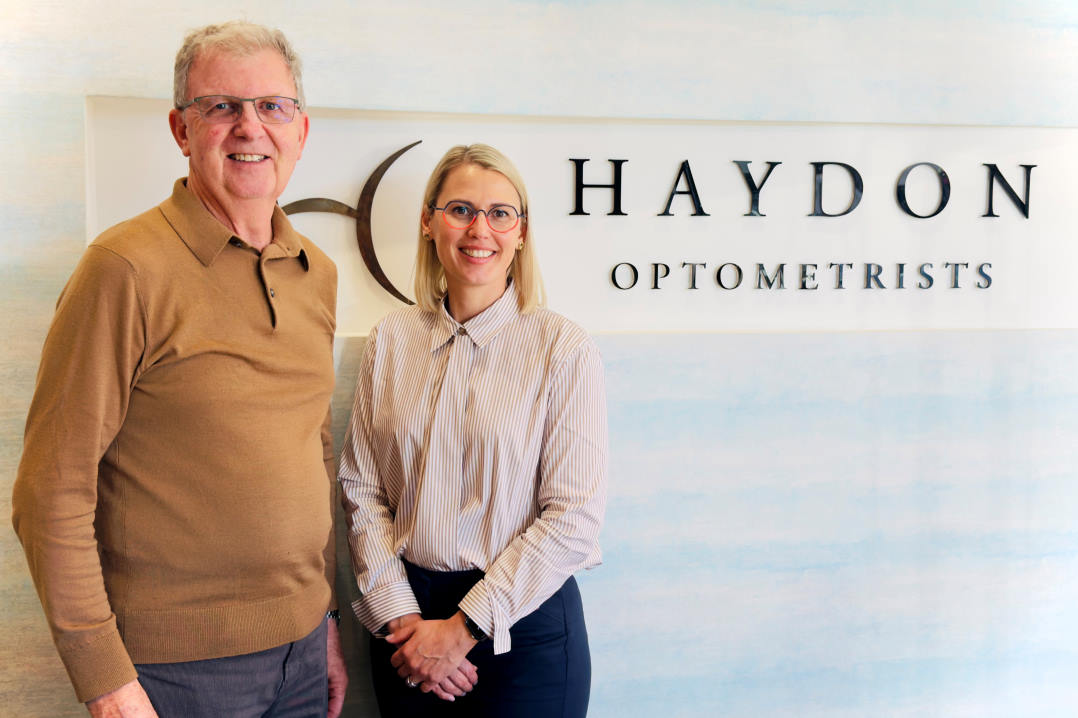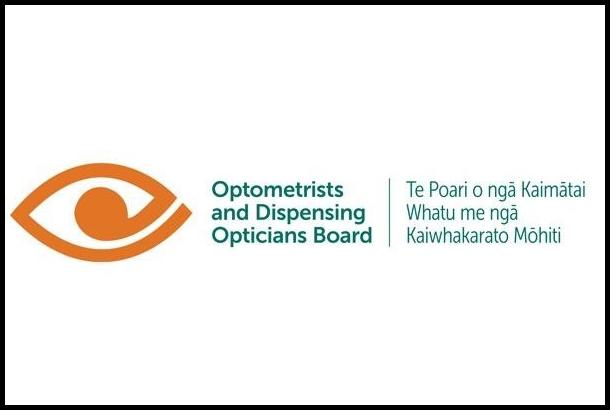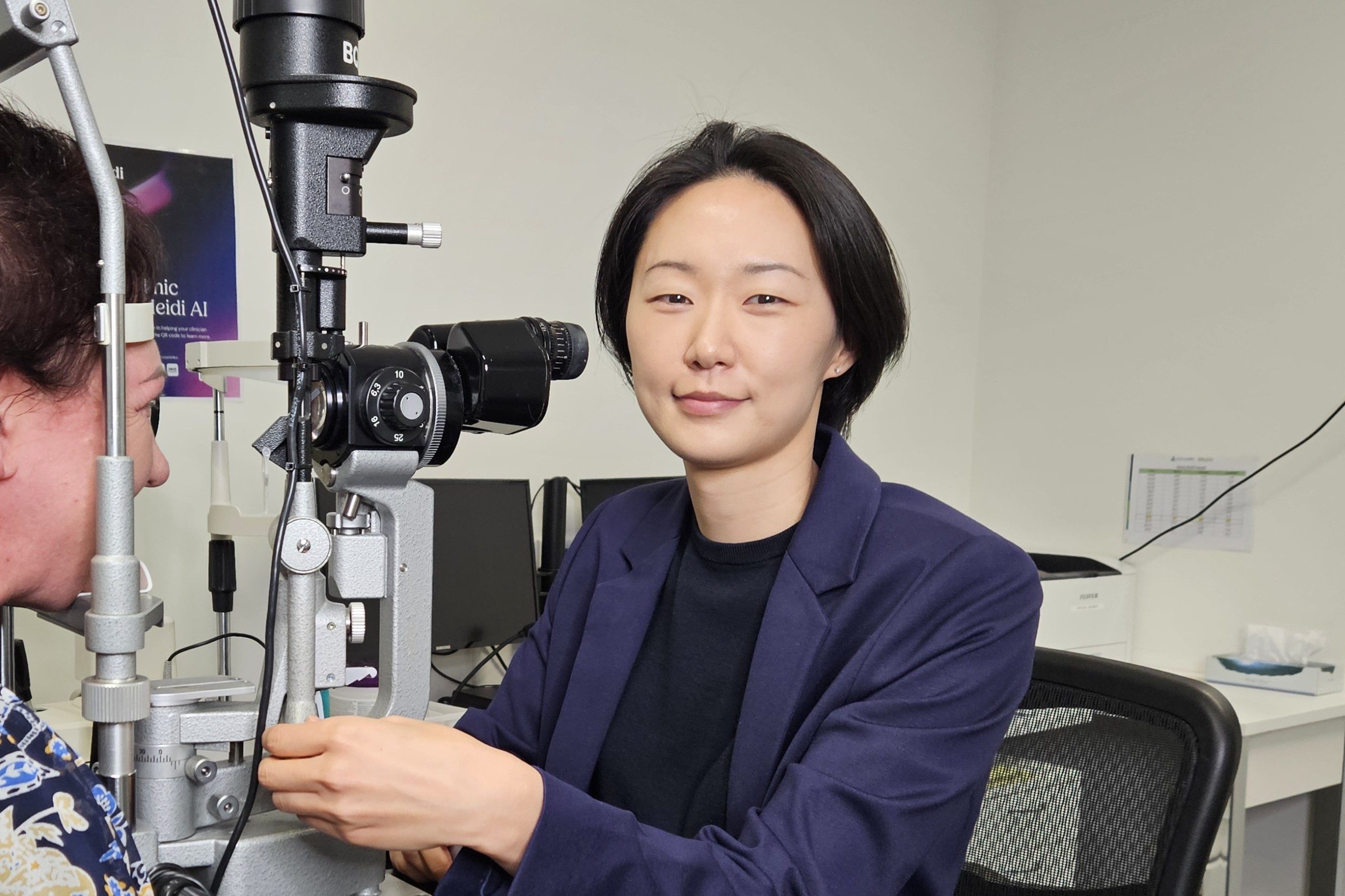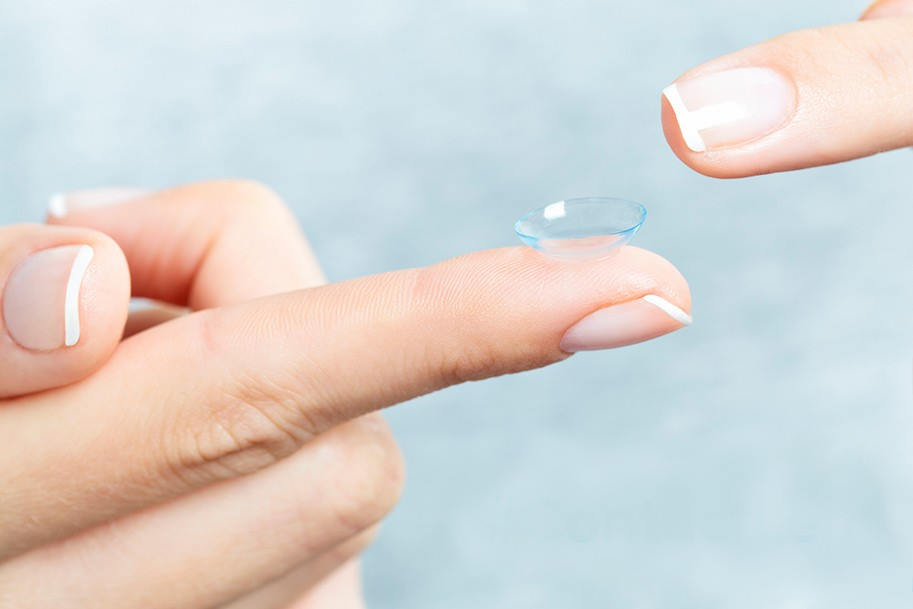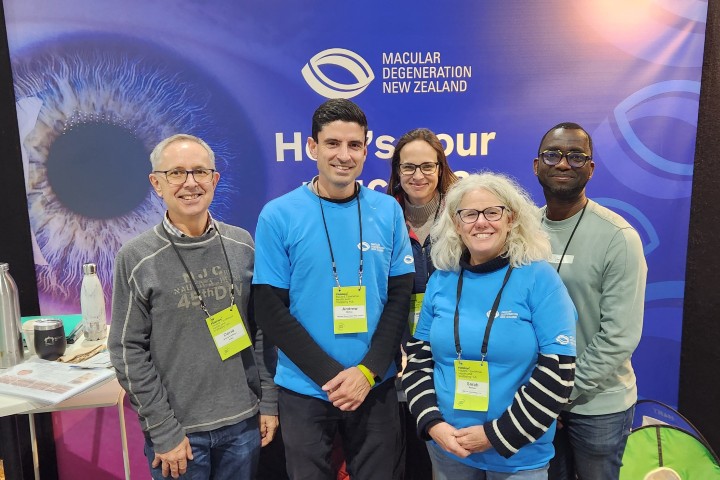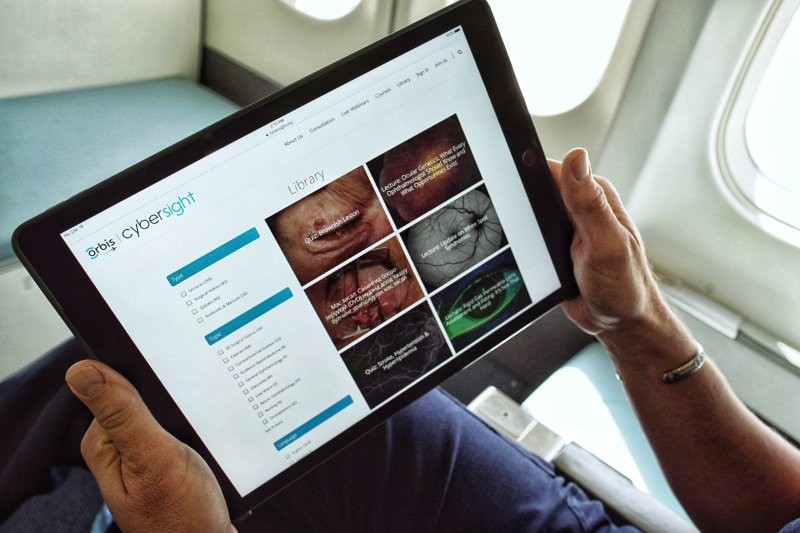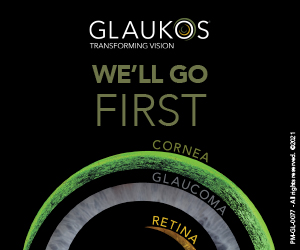Potential game-changing 3D-printed eye prostheses
Researchers from Fraunhofer Institute for Computer Graphics Research (IGD) have developed a new artificial intelligence (AI)-driven, automated method for 3D printing prosthetic eyes, which is now in use at Moorfields Eye Hospital.
The method allows for a quicker and simplified production of natural-looking and more comfortable custom eye implants, said research lead Johann Reinhard. “The data-driven design and 3D printing process ensures that the prosthesis is not only a perfect match for the patient’s remaining good eye but is also a perfect fit for the empty eye socket.”
3D printing also has the advantages of consistently high quality and production times up to five times faster than conventional acrylic, hand-painted prostheses, plus a significant reduction in input required from ocularists. "More importantly, however, more patients can be treated and their waiting time for a new prosthesis can be shortened," said Reinhard.
The digital measuring and production process is painless for patients, he said. OCT is used to create a scan of both the eye socket and the healthy eye, while an integrated camera provides a colour-calibrated image, removing the need for the traditional alginate impression of the eye socket. IGD’s AI-driven Cuttlefish:Eye software predicts the best-fitting prosthesis shape, despite incomplete information of the surface of the eye socket. In just a few minutes, the software produces an accurately fitting 3D model of the eye prosthesis which is also a close visual match to the healthy eye.
Researchers noted very complex sockets still need the manufacturing craft of the ocularist for the shape, with about 20% of patients unsuited to the new process. “The required scan data cannot be obtained from patients who suffer from nystagmus or strabismus,” they said. However, since the initial trial of 10 patients, more than 200 adults at Moorfields Eye Hospital have received a 3D-printed prosthetic eye. “Patients describe the 3D-printed ocular prostheses as ‘life-changing’,” Reinhard said.
Refining the methodology further, the IGD team intends to drastically reduce the costs for producing realistic eye prostheses, making them available to more patients. They say they aim to tackle dental restorations and facial prostheses next.
The study, ‘Automatic data-driven design and 3D printing of custom ocular prostheses’ is published in Nature Communications.









